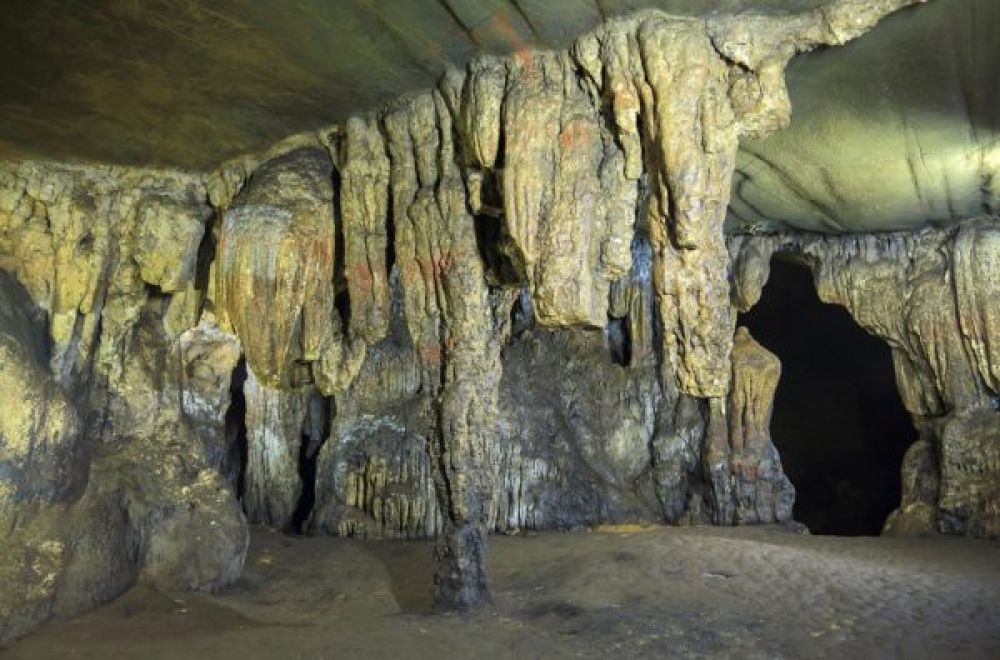

Nestled in the dense forests of Bastar, Kotumsar Cave is renowned for its stunning subterranean ecosystem and is a significant natural attraction in Chhattisgarh, India. The cave, estimated to be more than 1,400 meters long, was discovered in the late 19th century but has been known to the local tribes for centuries. It is said that the cave was named after a local deity, Kotumsar.
Kotumsar Cave was officially opened for tourists in the year 1951. Since then, it has attracted tourists from around the globe due to its unique geological formations, such as stalactites and stalagmites, and its biodiversity, which includes rare and endemic species like the blind cave fish (Cave Nemacheilus or Horaglanis).
In the 1980s, efforts to conserve and promote the Kotumsar Cave tourism were undertaken, with the establishment of the Kanger Valley National Park in 1982, which helped in regulating tourism and protecting the cave's fragile environment. The government and local bodies took steps to ensure sustainable tourism practices to prevent ecological damage.
With the rise of eco-tourism and adventure tourism, Kotumsar Cave has become a hub for passionate cave explorers and nature enthusiasts. The latest trends in the tourism of Kotumsar Cave highlight the focus on conservation and the promotion of responsible tourism.
Visitors can enjoy guided tours that educate them on the ecological significance of the cave systems and the importance of biodiversity conservation. Moreover, the Chhattisgarh Tourism Board has been instrumental in creating awareness and providing better facilities for tourists, such as improved accessibility, signboards, and local guides.
Recently, there has been an increased interest in cultural tourism as well, with visitors keen to learn about the indigenous tribes like the Gonds and Halbas, who inhabit the Bastar region and their way of life, which adds a significant cultural dimension to the Kotumsar Cave experience.
To ensure that tourism activities do not disturb the cave's ecosystem, there are certain restrictions in place, such as limiting the number of visitors per day and prohibiting photography inside the cave to protect the sensitive wildlife habitats.
The cultivation of sustainable tourism practices and the engagement of local communities have been instrumental in the effective preservation of Kotumsar Cave's unique environment and cultural heritage, making it a role model for other tourist destinations in terms of balancing ecological sensitivity with tourist interest.